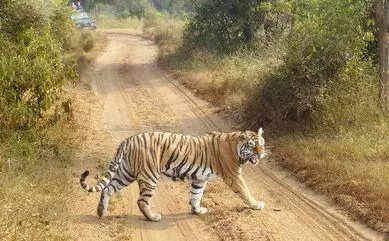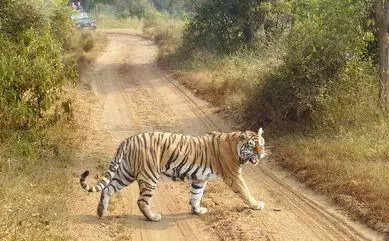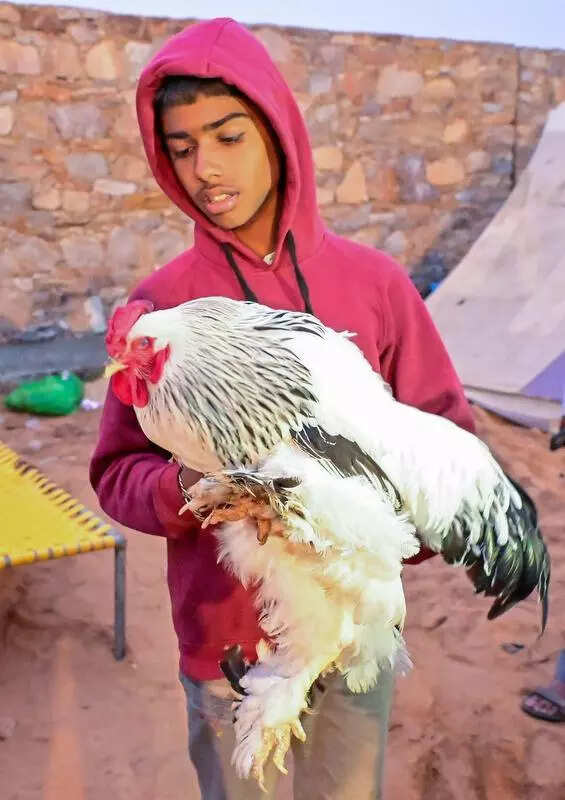Jaipur: Sariska, which lost all its tigers two decades ago and later became the site of India’s first tiger reintroduction in 2008, is now scripting one of the most remarkable chapters in wildlife conservation. Thirteen of its cubs, now between 17 and 20 months old, are ready to step out of their mothers’ care and establish their own territories. An official said that among the recent litters, ST-12 gave birth to four cubs in the Talvraksh range, ST-27 had two in Tehla, ST-22 produced four, and ST-17 added three cubs in Akbarpur. These young tigers, now nearing adulthood, are poised to claim their place in the wild. “The young tigers have reached the age of independence. While this reflects the success of conservation efforts, it also poses the challenge of managing territorial conflicts within limited forest space. Efforts have already begun to create an inviolate space,” he added. Wildlife enthusiast and conservationist Priyavath Singh said, “A male tiger may share boundaries with two tigresses but never with another male. When territorial overlaps occur, fierce clashes are inevitable — that’s how the balance of power is maintained in the wild. In Ranthambore, such territorial fights are often captured, but they were rare in Sariska. Their occurrence now may hopefully mark the beginning of a natural ecological balance here.”Experts said more inviolate space needs to be created in STR through village relocations, as human disturbances often push tigers out of the reserve. Of the nine cubs born to ST-19, one — ST-2303 — was relocated to Ramgarh Vishdhari Tiger Reserve after repeatedly straying into Haryana’s Jhabua forest from Sariska. A few months after relocation, it died in Ramgarh during a territorial fight.Former State Wildlife Board member Sunil Mehta said the situation has arisen where young tigers may move out in search of territories. “In the past, many have left the reserve for the same reason. This clearly indicates deteriorating conditions within Sariska. The increasing cattle population, uncontrolled vehicular traffic, and the presence of villages within the critical tiger habitat are collectively having a catastrophic impact on the main Sariska valley. As the tiger population grows, the lack of suitable habitat makes it inevitable that tigers will venture out. Once they leave the protected area, they become easy targets for poachers. The govt has been dragging its feet on relocating villages — this must now be taken up on priority.”
13 Sariska cubs set to establish their territories amid challenges | Jaipur News





